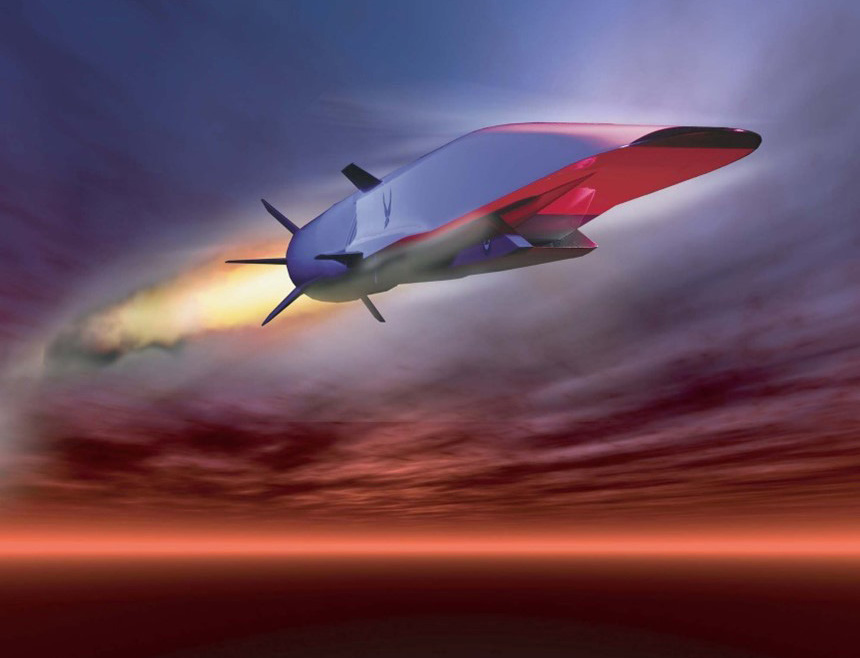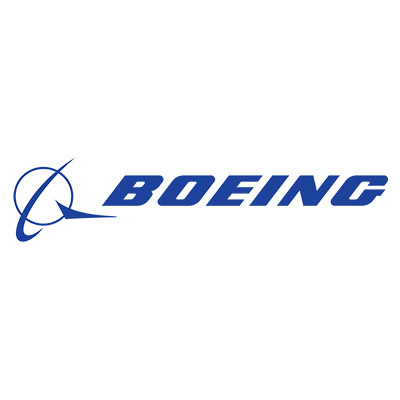


The Boeing X-51 Waverider is an unmanned research scramjet experimental aircraft to operate at Mach 5 (3,300 mph) at an altitude of 70,000 feet.
Problem
The extreme thermal environments experienced by high speed vehicles require dissimilar materials joined or assembled to minimize weight while maximizing thermal-structural performance. These joints experience stresses due to the coefficient of thermal expansion and modulus mismatches combined with structural load and moment transfer requirements. Other flight environment compatibility issues include susceptibility to galvanic corrosion, oxidation protection, and high emissivity coatings. Additive manufacturing (AM) with graded alloy technology enables high-speed leading edges to endure extreme thermal environments while optimizing weight, i.e., transitioning to lighter weight metals in cooler sections of the structure.
Objective
This project leverages the GRATD1 program to fabricate and test shape features relevant to aerospace systems to operate in extreme aerothermal environments. It focuses on leading-edge structures graded from titanium (Titan-23, Ti-6242, and Ti-1100) to a passive, sharp, C103 tip.
The objectives of GRATD2 include:
1. Use GRATD1 Laser-Directed Energy Deposition (L-DED) processes to build representative graded leading-edge parts
2. Demonstrate finishing the as-built parts into thermal-structural test components
3. Evaluate performance of the graded edge
Technical Approach
Baseline designs will be established, and grading strategies and build parameters determined based on GRATD1 results and structural interface constraints.
Trial tip structures will be built for C103 to Titan-23 and C103 to Incoloy-909 (In-909) and refined in coordination with the L-DED and Electrical Discharge Manufacturing (EDM) suppliers to address critical build and machining requirements.
Trial builds will be performed for each leading-edge structure configuration to confirm the build strategy, address critical structure feature control, and discover/resolve printing issues prior to fabricating full-scale test articles. Tensile and fatigue coupons will be extracted to characterize base metal material and transition region properties.
Full-scale test article components will be printed and tested at Air Force Research Laboratory (AFRL). Three structure configurations (open, closed, stiffened) will be assessed for relative performance for each material option. Test plans will be developed, results predicted, testing conducted, and data reduced, predicted, and measured responses compared, and post-test destructive evaluations performed to gauge material performance.
Project Participants
Project Principal

Other Project Participants
- RPM Innovations, Inc.
Public Participants
- U.S. Department of Defense
